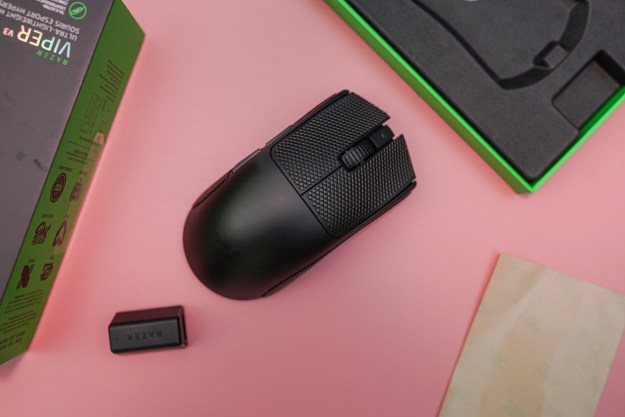When it comes to solving the Rubik’s Cube, the focus is usually on speed rather than on how it’s actually achieved.
So how about this super-cool video showing a Rubik’s Cube solving itself. Now that’d be something to pull out at a party.
Created by Japanese YouTuber Human Controller, the self-solving Rubik’s Cube is built around a custom 3D-printed core and powered by a series of servo motors, with its smarts delivered via an Arduino board.
Human Controller recently posted several videos showing the cube solving itself. One shows it moving across a table with every turn as the jumble of colors re-align on each side. The best video, however, shows Human Controller holding the cube at one of its corners as the motors diligently turn the sides until the puzzle is solved.
Photos posted by the cube’s creator, together with a video showing him take it apart, reveal how the electronics and other components have been squeezed into a tiny space, enabling the Rubik’s Cube to retain its original size.
In fact, a video posted 18 months ago reveals that the project has been in the workshop for some time, with an older version of the self-solving cube much larger than the final design. Shrinking all of the technology has clearly been a major challenge, but he’s achieved exactly that and the results are impressive, to say the least.
Now, if Human Controller will be so kind as to apply his self-solving technology to the tangled web of global disputes and conflicts, his work will truly be done.
Rubik’s Cube speed demons
The fastest time for a human to solve the Rubik’s Cube is a mere 4.22 seconds. This robot, however, can solve it faster than you can say, “what the…” — taking just 0.38 seconds. You have to watch it in slow motion to see it happening, otherwise you might suspect some video trickery taking place. What makes it all the more astonishing is that the 0.38 seconds includes the time it takes the robot to assess the position of the colors on the cube and work out how the hell it’s going to solve it.
The famously frustrating puzzle was invented in 1974 by Hungarian architect Erno Rubik, though it wasn’t until 1980, when Ideal Toy Company licensed the puzzle, that it found global fame. It has since sold more than 350 million units worldwide, making it the most successful toy ever.



